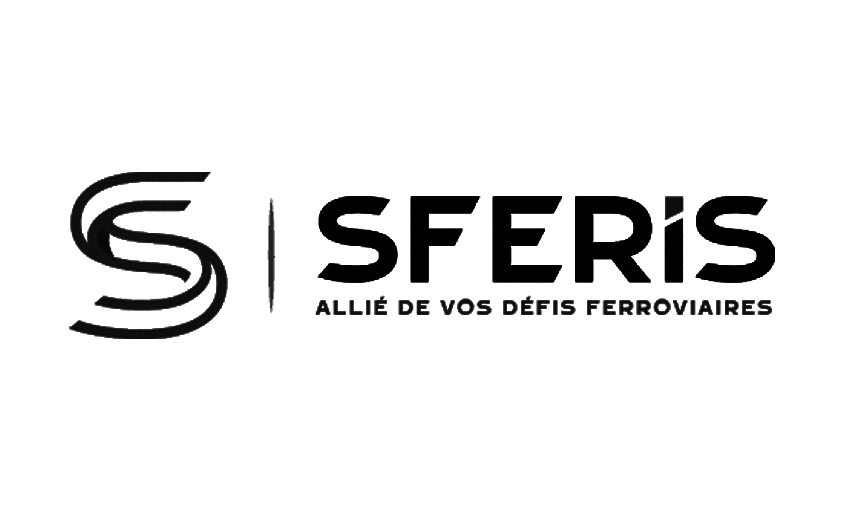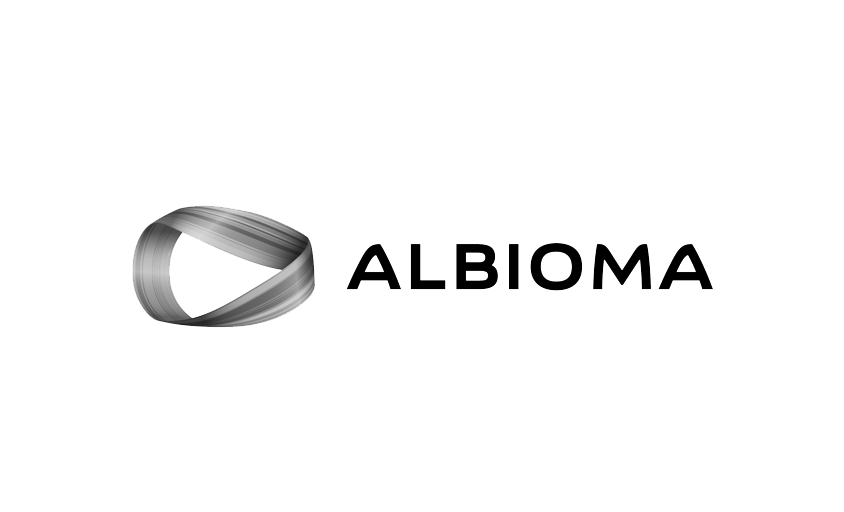Photography in Agriculture
In this article :
Agricultural photography goes far beyond simple pictures of lush fields or bountiful harvests. It plays a central role in agricultural communication, public education, and even the promotion of agricultural products. Whether you are an amateur photographer or a professional, this field offers endless opportunities to capture not only landscapes but also rural life, agricultural innovations, and the beauty of agricultural traditions.
The Importance of Agricultural Photography
Agricultural photography tells a story, conveys emotions, and raises public awareness of often invisible issues. But why is it so important in today’s context?
Showcasing Sustainable Agricultural Practices
The demand for environmentally friendly products has never been higher. Agricultural photography plays a key role in highlighting sustainable practices such as organic farming, permaculture, and conservation agriculture. These images help raise public awareness of the need to protect the environment while producing quality food.
Promoting Local Agricultural Products
Agricultural photographers create powerful visuals for marketing campaigns that highlight local products, whether they are fresh vegetables, cheese, wine, or meat. These photos are used to strengthen brand image and encourage responsible consumption.
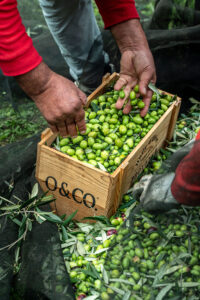
Types of Agricultural Photography
The possibilities in agricultural photography are endless. Here is a diverse approach to better understand the types of images you can capture:
Agricultural Landscape Photography
Capturing panoramic views is one of the first things that come to mind when thinking about agricultural photography. Vast fields, expansive stretches of land, and breathtaking skies can create spectacular photos, but lighting and composition are crucial.
Ideal Moments: Photographing at sunrise or sunset, when the soft light enhances the texture of the soil and the shapes of the crops, is especially effective.
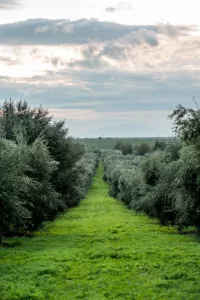
Photographing Agricultural Workers
Farmers and field workers are the heart of agriculture. Capturing these moments, whether during harvest, irrigation, or animal care, tells an authentic story and highlights the hard work behind every product.
Tip: To make your photos more engaging, focus on facial expressions and the natural movements of the workers.
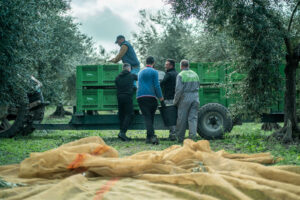
Agricultural Technology Photography
Modern agriculture increasingly relies on advanced technologies such as drones, sensors, and agricultural robots. Capturing these in action highlights the innovations transforming the industry.
The Unique Challenges of Agricultural Photography
Agricultural photography comes with certain challenges, whether it’s lighting, weather conditions, or managing animals. But there are simple solutions to overcome them.
- Lighting: Agriculture often takes place outdoors, where lighting can be unpredictable. Use natural light during the golden hour (just before sunset) to capture soft, bright images.
- Weather Conditions: Rain, wind, or an overcast sky can ruin your shots. But don’t avoid them! These conditions can add character and intensity to your agricultural images, especially if you capture harvest scenes during a storm.
Essential Equipment for Agricultural Photography
Equipment plays a key role in agricultural photography. You don’t need all the expensive gear to get started, but a few essential items can make a big difference.
Wide-Angle Lenses: The Key to Capturing Vastness
One of the essentials of agricultural photography is the wide-angle lens. It allows you to capture vast agricultural landscapes and gives your images a sense of grandeur. In agricultural landscape photography, it also helps maintain the natural lines of the scene.
Macro Lenses: Hidden Details
Macro lenses are perfect for capturing fine details like the texture of plants, dew drops on leaves, or insects in the fields. These photos are ideal for enhancing your portfolio or for articles on agricultural biodiversity.
The Advantages of Using Drones in Agricultural Photography
Drones bring a completely new dimension to agricultural photography. Used for crop monitoring, drones offer spectacular aerial views and allow you to capture images of fields from previously inaccessible angles.
Practical Use: You can capture high-altitude images to observe crop growth, identify areas requiring special treatments, or simply provide breathtaking views that would not be possible with a traditional camera.
Agricultural Photography in Communication
Agricultural photographs are not limited to personal albums. They hold a prominent place in the communication of the agricultural sector, whether for advertising, marketing, or education. Here is how they are used:
-
- Promotion of Agricultural Products:
Producers use high-quality images to showcase their products and make them more attractive on the market. These visuals are distributed in brochures, websites, or advertisements to educate consumers and encourage the consumption of local products.
-
- Awareness and Education:
Agricultural photographs are also used in awareness campaigns. They help present sustainable practices and educate the public about the challenges of modern agriculture.
Conclusion
Agricultural photography does more than just capture picturesque landscapes. It plays an essential role in promoting agricultural products and documenting technological advances. By mastering this discipline, you do not just immortalize bucolic scenes; you help highlight a fundamental and ever-evolving sector.
Want to explore this field further? Contact us to learn more or to get practical advice on agricultural photography.
Jérémy Carlo is the editorial director at Rétines, where he ensures the consistency and clarity of all content produced by the studio.
Our Clients
Let’s discuss
What we do for you at Rétines
Meticulous work, an organised project and fast delivery. And to achieve this, we mobilise the right resources in our teams at the right time.
01
Pre-production
Artistic and technical direction tailored to the project.
Relevant recommendations on content, form and resources.
02
Photo Shooting
Photos taken by our experienced photographers.
Production that’s controlled, efficient and tailored to the needs of the project, with nothing superfluous.
03
Retouching
Technique
Photographs magnified by our retouching team.
Post-production to meet the commercial challenges of the brief.




